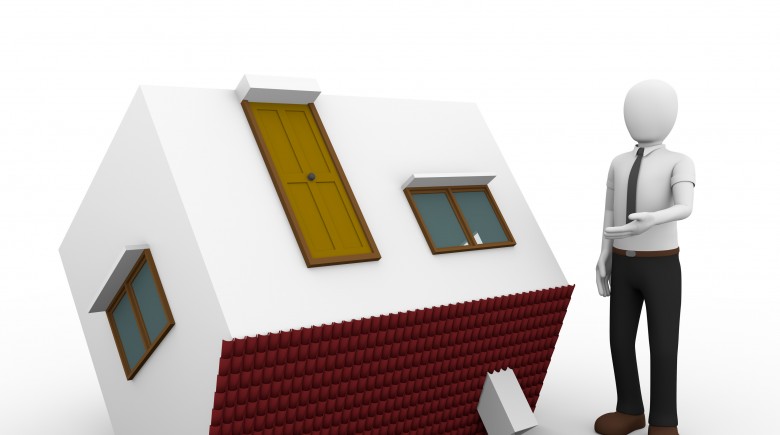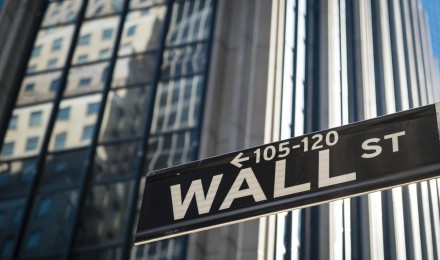Uh oh. Haven’t we seen this movie already? As many of you undoubtedly know, much of the housing “recovery” has been concentrated in what is euphemistically referred to as “cash buyers”. While that category certainly includes the very wealthy, it also includes those infamous house flippers. As the Fed relentlessly lowered rates, many people swooped into the distressed housing markets to ride the inevitable bump (dead cat bounce?) in prices. And it has worked swimmingly. While new mortgages have been far from robust, as consumers continued to be cautious, there has been enough of an interest (in some markets) to allow some nifty profit opportunities. But, with interest rates rising just a tiny amount, the gravy train seems to have made an abrupt stop:
…overall flipping activity is finally starting to subside and in the third quarter was down by a third from Q3 and over 10% down from the prior year.
Specifically, RealtyTrac notes that there were 32,993 single family home flips — where a home is purchased and subsequently sold again within six months — in the third quarter of 2013, down 35 percent from the second quarter and down 13 percent from the third quarter of 2012.
The homes over $2 million are still being “flipped”, but that market is a little fuzzier. The very wealthy may just be flipping “accidentally”, in that the profit was just too much to ignore. It may be a little early to call a peak with the high end homes doing fine, but the signs are troubling nonetheless. And let’s not forget that the banks have been holding back on some of the foreclosed homes. While the numbers are (purposely no doubt) opaque when it comes to exact numbers, there are indications that the banks are releasing some of these homes onto the market now that prices have recovered in many markets.
All of this adds up to danger if you are a flipper. But more importantly, it may leave all of housing in trouble. If mortgage rates blip upwards again, there may be more losses, banks will continues to unload and home pieces may plunge once again. That is not say any of this will happen, but all of the familiar ingredients are in place. Homes are different than other investments in that people actually live in them (flippers excluded, naturally), so it may not be a front burner issue for a lot of people. But if you are one of those who have been waiting for higher prices (we know you are out there!), it may be prudent to give this time period a good, hard look. It certainly doesn’t require much of a memory bank to recall how fast housing prices can decline.
Uh oh. Haven’t we seen this movie already? As many of you undoubtedly know, much of the housing “recovery” has been concentrated in what is euphemistically referred to as “cash buyers”. While that category certainly includes the very wealthy, it also includes those infamous house flippers. As the Fed relentlessly lowered rates, many people swooped into the distressed housing markets to ride the inevitable bump (dead cat bounce?) in prices. And it has worked swimmingly. While new mortgages have been far from robust, as consumers continued to be cautious, there has been enough of an interest (in some markets) to allow some nifty profit opportunities. But, with interest rates rising just a tiny amount, the gravy train seems to have made an abrupt stop:
…overall flipping activity is finally starting to subside and in the third quarter was down by a third from Q3 and over 10% down from the prior year.
Specifically, RealtyTrac notes that there were 32,993 single family home flips — where a home is purchased and subsequently sold again within six months — in the third quarter of 2013, down 35 percent from the second quarter and down 13 percent from the third quarter of 2012.
The homes over $2 million are still being “flipped”, but that market is a little fuzzier. The very wealthy may just be flipping “accidentally”, in that the profit was just too much to ignore. It may be a little early to call a peak with the high end homes doing fine, but the signs are troubling nonetheless. And let’s not forget that the banks have been holding back on some of the foreclosed homes. While the numbers are (purposely no doubt) opaque when it comes to exact numbers, there are indications that the banks are releasing some of these homes onto the market now that prices have recovered in many markets.
All of this adds up to danger if you are a flipper. But more importantly, it may leave all of housing in trouble. If mortgage rates blip upwards again, there may be more losses, banks will continues to unload and home pieces may plunge once again. That is not say any of this will happen, but all of the familiar ingredients are in place. Homes are different than other investments in that people actually live in them (flippers excluded, naturally), so it may not be a front burner issue for a lot of people. But if you are one of those who have been waiting for higher prices (we know you are out there!), it may be prudent to give this time period a good, hard look. It certainly doesn’t require much of a memory bank to recall how fast housing prices can decline.







